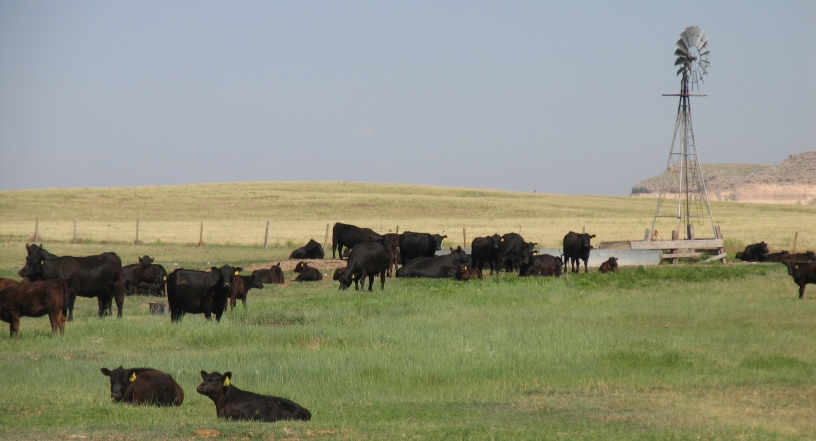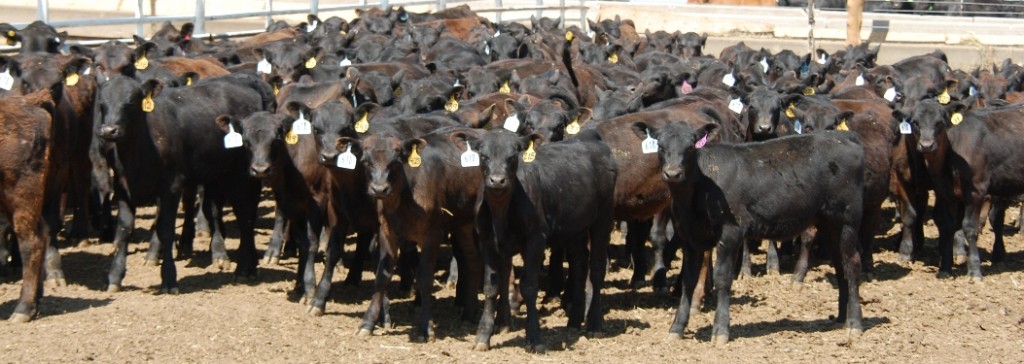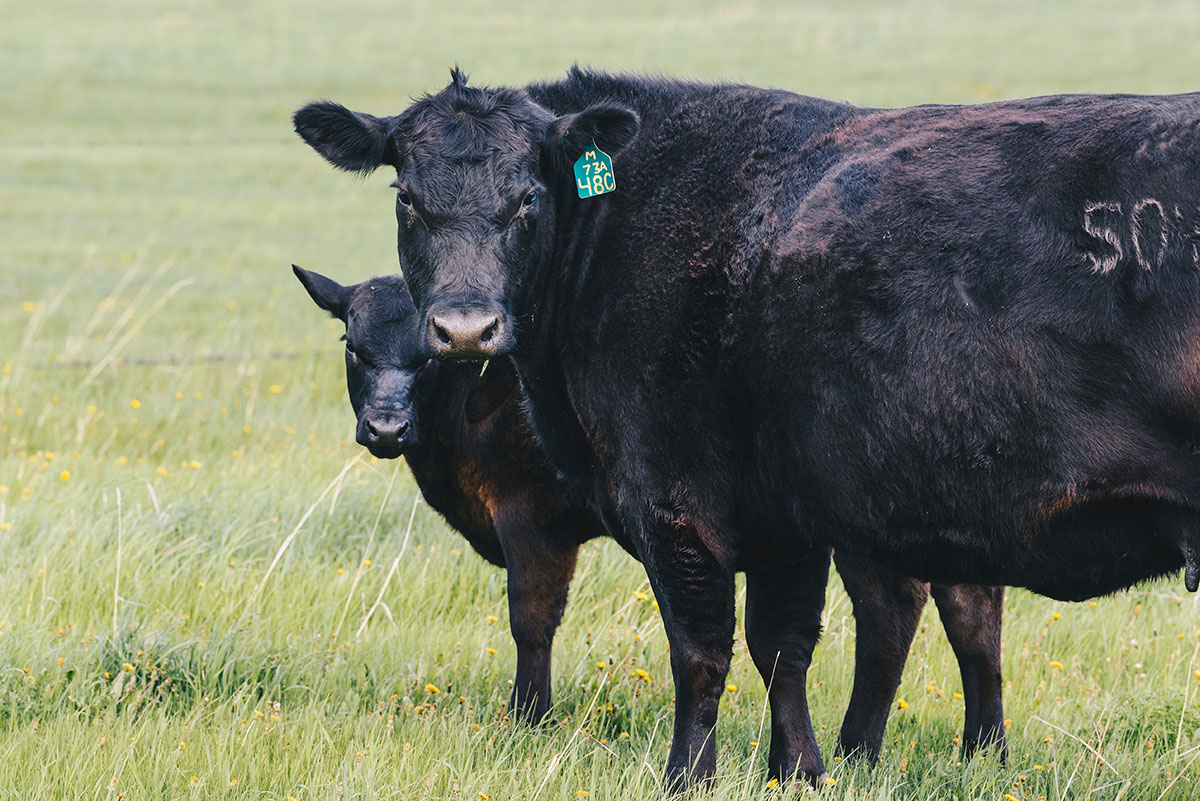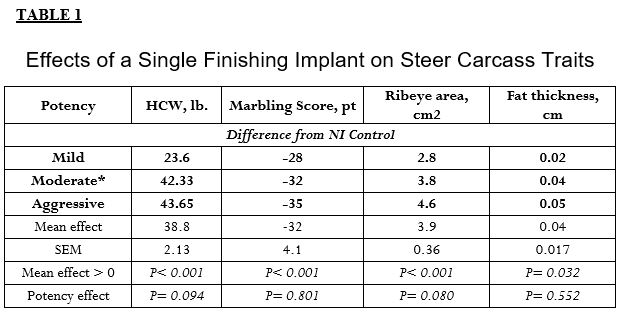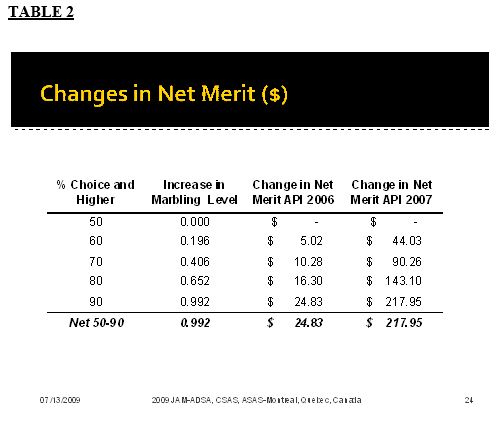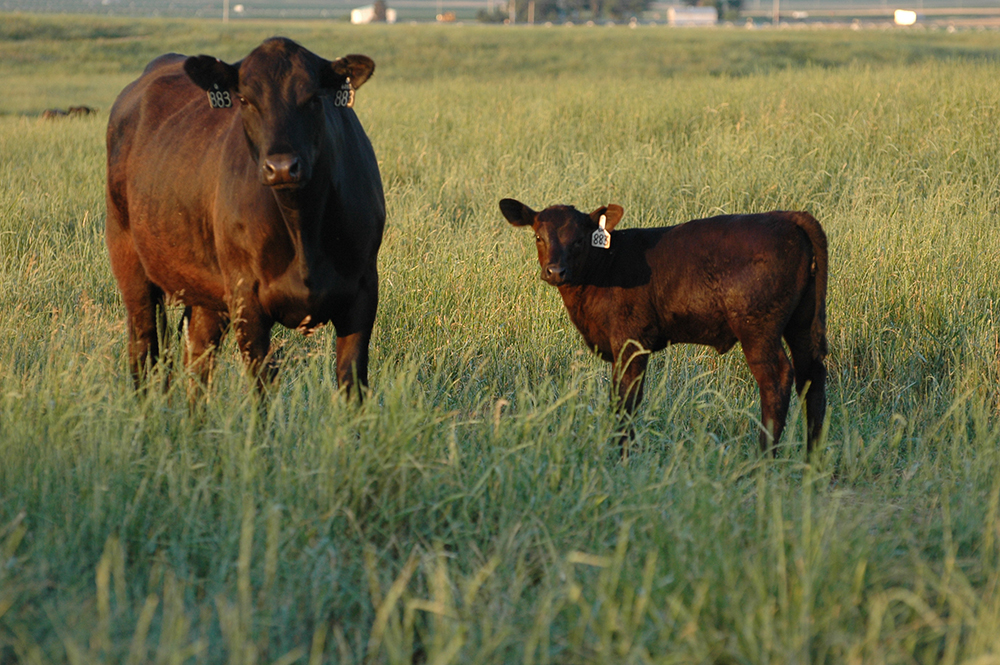Weaning. It’s one of the most critical times in an animal’s life. A time when any little thing going wrong (or right) could have a lifelong impact on performance. This week, we’ll share some of our top tips for making the best of the situation in our three-part series covering general management (today), health (tomorrow) and nutrition (Friday).
There comes a time when every calf’s world has to get turned upside down — weaning time. But with the right strategies, stress can be minimized and performance maximized. A few things to keep in mind:
Have a plan.
Put a game plan together ahead of time that includes labor and facilities needs. Fenceline weaning on grass or in a drylot are options. Many operations find success in familiarizing calves with the weaning area and then removing cows to a remote distance.
Exposing calves to their new feedstuffs, water source and environment ahead of time makes the transition easier.
Practice makes perfect.
It’s also important to give calves the opportunity to adjust to the sights and sounds of weaning before the big day arrives. That means if you’re going to use horses or vehicles on weaning day, that shouldn’t be the first time a calf sees and hears them.
Time it right.
Indicators like the cow’s condition, range quality and general calf health can help you decide on the best time to wean. To give calves the greatest chance for success, cows should be healthy and providing adequate milk at weaning. Drought, stocking rates and end-product quality are all reasons to look into early weaning.
Hungry for more? Join us tomorrow for tips on weaning health and Friday when we cover weaning nutrition.

